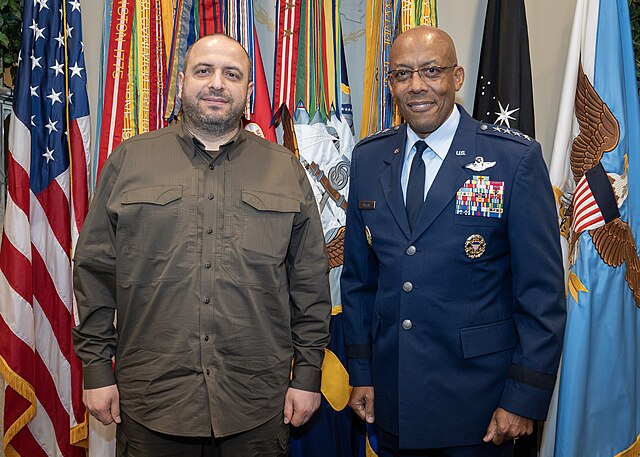We are going to rescue 70 American prisoners of war, maybe more, from a camp called Son Tay. This is something American prisoners have a right to expect from their fellow soldiers. The target is 23 miles west of Hanoi. - Colonel Arthur "Bull" Simons

By the spring of 1970, there were more than 450 known American POWs in North Vietnam and another 970 American servicemen who were missing in action. Some of the POWs had been imprisoned over 2,000 days, longer than any serviceman had ever spent in captivity in any war in America's history. Furthermore, the reports of horrid conditions, brutality, torture and even death were being told in intelligence reports.
In May of 1970, reconnaissance photographs revealed the existence of two prison camps west of Hanoi. At Son Tay, 23 miles from Hanoi, one photograph identified a large "K" - a code for "come get us" - drawn in the dirt. At the other camp Ap Lo, about 30 miles west of North Vietnam's capital, another photo showed the letters SAR (Search and Rescue), apparently spelled out by the prisoner's laundry, and an arrow with the number 8, indicating the distance the men had to travel to the fields they worked in.
Reconnaissance photos taken by SR-71 "Blackbirds" revealed that Son Tay "was active". SR-71 reconnaisance aircraft took most of the Son Tay target photos from above 80,000 feet while streaking over North Vietnam at more than three times the speed of sound...
To read more visit Psywarrior.com.

























Brave, brave, Warriors!❤️🇺🇸
Set the standard for future operations! Tyronne Adderly one of the top heroes of the Raiders!